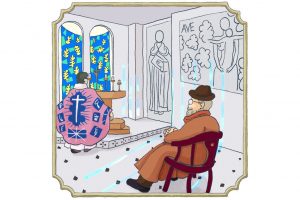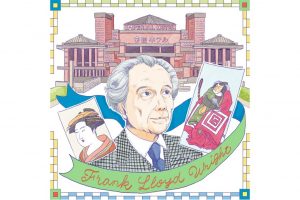In 1899 at age 35, four years after Wölfli was admitted to the hospital, he began creating art. He at first kept getting involved in violent incidents within the hospital, but was one day given a piece of paper and pencil, and he gradually got immersed in art making. In 1907, he was given colored pencils for the first time. The next year, he started creating his first major work, From the Cradle to the Grave (1908-12).
Adolf Wölfli
Examining artists
No.009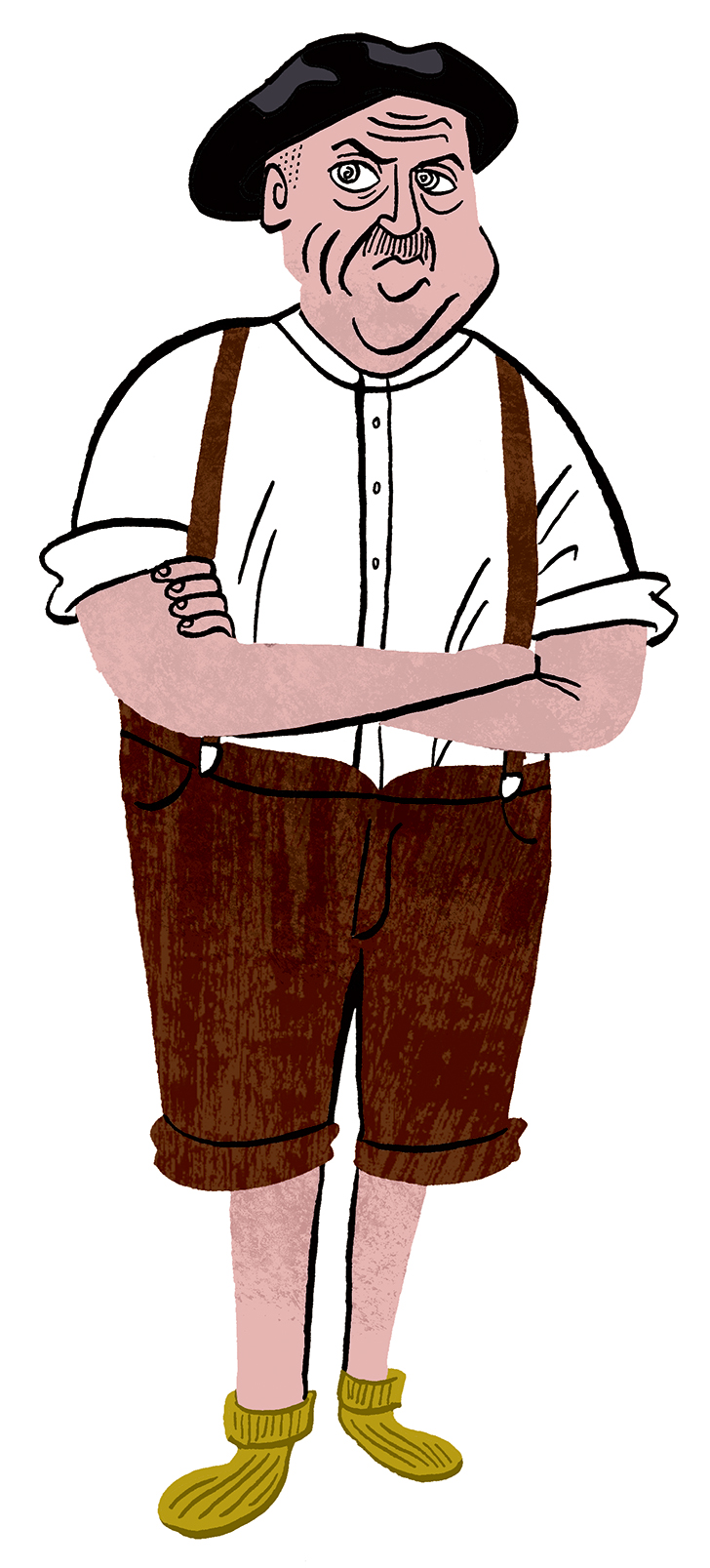
Adolf Wölfli is one of the master artists in the genre of Art Brut (“raw art”)—also called “outsider art.” This genre of art involves works by artist who have not received formal fine art training and create art as dictated by their inner world. All the work created by Wölfli, who suffered from mental illness and created an enormous amount of work in his asylum cell, is full of originality, often combining poetry and music.
Illustration: Sora Toyoshima
Text and editorial design: TAN Editorial Group (Naoko Goda)
Adolf Wölfli (1864-1930)
Born in Beauville, near Bern, the capital of Switzerland, Wölfli was fostered out at the age of 8 to a farm in a neighboring town of Schangnau. He gradually fell mentally ill in his adulthood, and in 1895, was institutionalized at age 31 in the nearby Waldau mental hospital, where he spent the rest of his life until his death at 66.
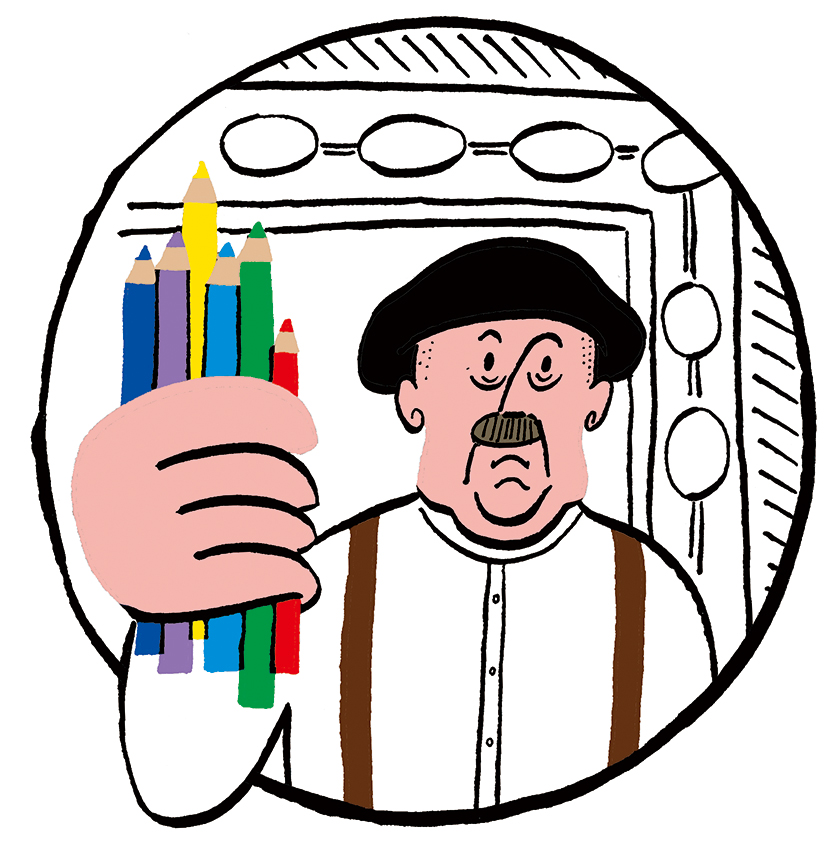

Since then, he continued to make works that combine various elements such as drawings and paintings, collage, text, numbers, and music scores. Every day, after having completed his orderly daily routine of eating and grooming, he would diligently devote himself to creating art, using up an entire pencil in 2-3 days. After the war, 45 of his handmade notebooks and 16 of his store-bought notebooks full of art were rediscovered. Each contained about 1,600 pieces of work, with the total number of pages amounting to about 25,000.
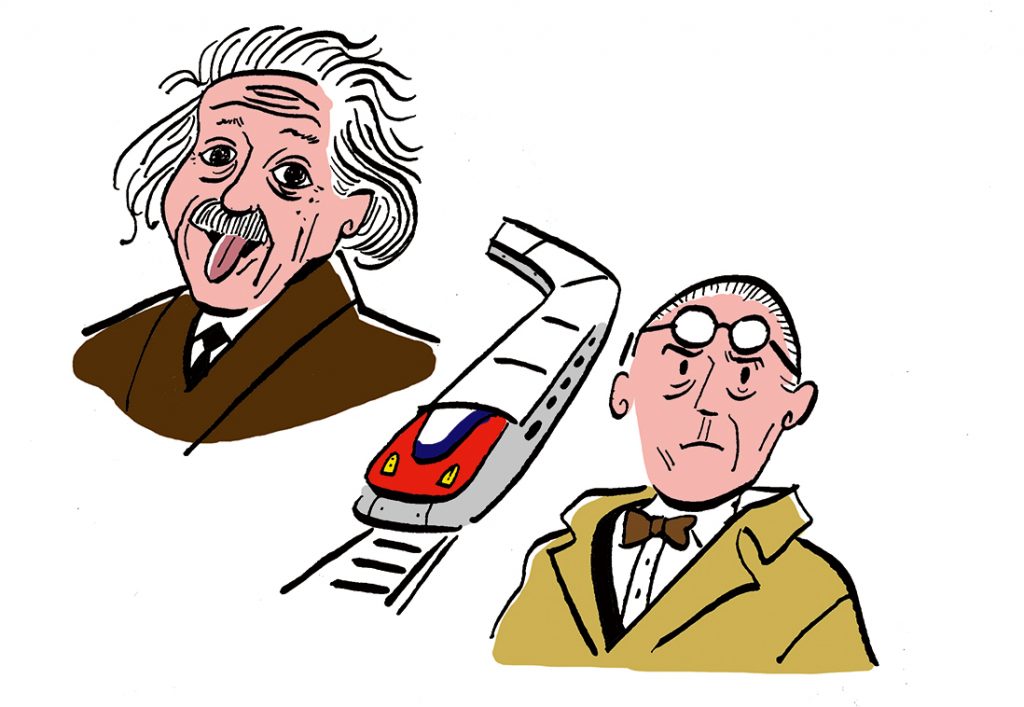
In line with the large-scale works, Wölfli also created single-sheet drawings as so-called “bread-art” (art for making a living), which he sold to hospital staff and visitors in order to buy art supplies. Today, the Swiss Federal Railway has running trains named after famous Swiss people, and Wölfli is one of them, along with Albert Einstein and Le Corbusier.
<End>
Supervised by Tadashi Hattori (Associate Professor, Konan University)



